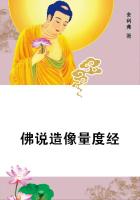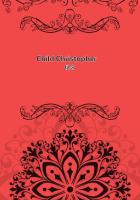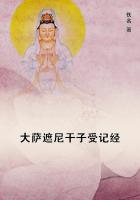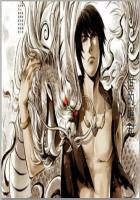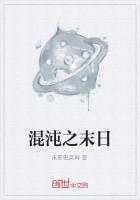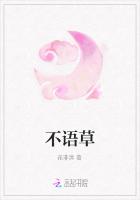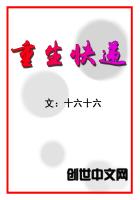Among creatures that lay eggs externally birds produce their egg perfect, fish imperfect, but the eggs of the latter complete their growth outside as has been said before.The reason is that the fish kind is very fertile; now it is impossible for many eggs to reach completion within the mother and therefore they lay them outside.They are quickly discharged, for the uterus of externally oviparous fishes is near the generative passage.While the eggs of birds are two-coloured, those of all fish are one-coloured.The cause of the double colour may be seen from considering the power of each of the two parts, the white and the yolk.For the matter of the egg is secreted from the blood [No bloodless animal lays eggs,] and that the blood is the material of the body has been often said already.The one part, then, of the egg is nearer the form of the animal coming into being, that is the hot part; the more earthy part gives the substance of the body and is further removed.Hence in all two-coloured eggs the animal receives the first principle of generation from the white (for the vital principle is in that which is hot), but the nutriment from the yolk.Now in animals of a hotter nature the part from which the first principle arises is separated off from the part from which comes the nutriment, the one being white and the other yellow, and the white and pure is always more than the yellow and earthy; but in the moister and less hot the yolk is more in quantity and more fluid.This is what we find in lake birds, for they are of a moister nature and are colder than the land birds, so that the so-called 'lecithus' or yolk in the eggs of such birds is large and less yellow because the white is less separated off from it.But when we come to the ovipara which are both of a cold nature and also moister (such is the fish kind) we find the white not separated at all because of the small size of the eggs and the quantity of the cold and earthy matter; therefore all fish eggs are of one colour, and white compared with yellow, yellow compared with white.Even the wind-eggs of birds have this distinction of colour, for they contain that out of which will come each of the two parts, alike that whence arises the principle of life and that whence comes the nutriment; only both these are imperfect and need the influence of the male in addition; for wind-eggs become fertile if impregnated by the male within a certain period.The difference in colour, however, is not due to any difference of sex, as if the white came from the male, the yolk from the female; both on the contrary come from the female, but the one is cold, the other hot.
In all cases then where the hot part is considerable it is separated off, but where it is little it cannot be so; hence the eggs of such animals, as has been said, are of one colour.The semen of the male only puts them into form; and therefore at first the egg in birds appears white and small, but as it advances it is all yellow as more of the sanguineous material is continually mixed with it; finally as the hot part is separated the white takes up a position all round it and equally distributed on all sides, as when a liquid boils; for the white is naturally liquid and contains in itself the vital heat;therefore it is separated off all round, but the yellow and earthy part is inside.And if we enclose many eggs together in a bladder or something of the kind and boil them over a fire so as not to make the movement of the heat quicker than the separation of the white and yolk in the eggs, then the same process takes place in the whole mass of the eggs as in a single egg, all the yellow part coming into the middle and the white surrounding it.
We have thus stated why some eggs are of one colour and others of two.


